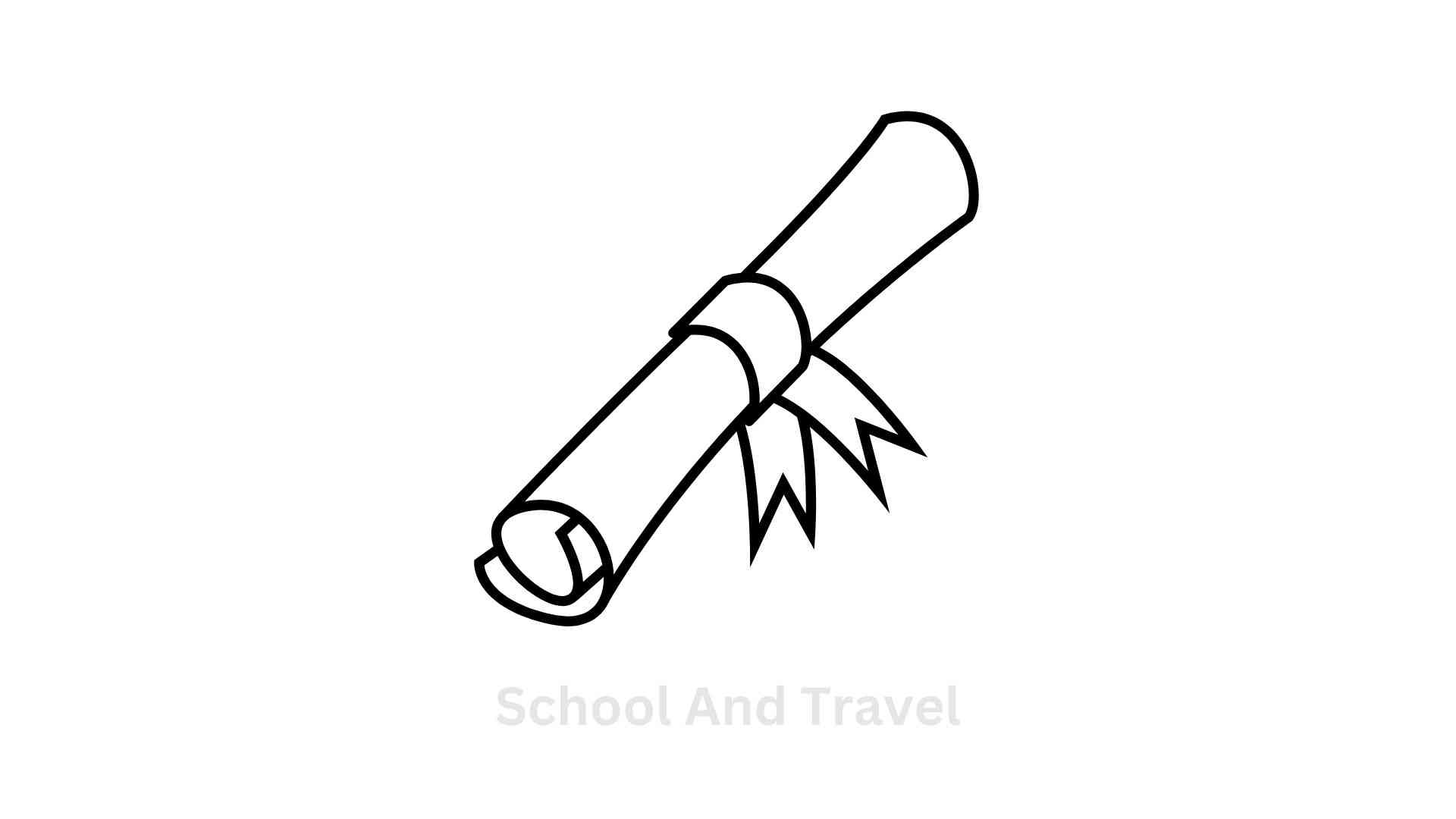Teaching a lesson involves indirect instruction and instructional decisions. The teacher handling the lesson must be able to identify the following:
- The content of the lesson.
- The processes involved while handling the lesson
- The academic interest of the students
- The needs of the students
- The academic strengths of the students
The instructional framework shows the interrelationship between the instructional approaches that are used. These instructional approaches have been consistent with educational practice.
What is Direct Instruction?
Direct Instruction (DI) is a way of teaching that focuses on well-thought-out and carefully planned lessons built around small learning chunks and clearly defined and assigned teaching tasks.
For example, showing a video or movie to a class could be a form of direct instruction. The content and presentation of material were selected by the teacher even though he or she is not actively instructing students.
What is Indirect Instruction?
Indirect instruction is when the student is in charge of learning and the teacher doesn’t give the lesson directly. Instead, it is focused on the students.
The key is to get students involved in the learning process by asking questions, solving problems with critical thinking, and testing hypotheses to see if they are true.
This high level of active student participation makes the links between the learned ideas stronger.
Indirect instruction uses student-led experiences to get students to interact with materials and use a variety of critical thinking skills.
For students in general education who have special educational needs, indirect services can help by collaborating with the special education teacher and the general education teacher to alter the learning environment and/or modify and adapt instructional methods and strategies.
Forms of Indirect Instruction:
- Reflective discussion
- Concept formation
- Concept attainment
- Cloze procedure
- Problem-solving
- Guided inquiry
What is Deductive Teaching?
Deductive teaching is a well-established method in which students are given information about the target language and its rules at the start of class and are then guided through the material by examples.
Teaching grammar structures is a primary goal of this technique.
Levels of the instructional framework
Instructional Models:
The instructional practices involved here are the broadest. They are used to structure teaching methods, the strategies involved, the activities done by the students, and the various skills involved.
We have four instructional models:
- Information processing
- Behavioral aspect
- Social interaction
- Personal aspect.
Instructional Methods:
These are the various ways through which the teacher programs the learning environment to suit the students to learn better.
Instructional Skills:
The instructional skills are the most specific. The skills which are technical include:
- Questioning
- Discussing
- Direction-giving
- Explaining
- Demonstrating.
The skills also include some actions, which are:
- Planning
- Structuring
- Focusing
- Managing.
Instructional Strategies:
This determines the approach the teacher takes to teach the students. We have different strategies through which learning can be achieved:
- Direct strategy
- Indirect strategy
- Interactive strategy
- Experiential strategy
- Independent strategy
In this article, we will focus mainly on the instructional strategies, which are made up of the direct strategy and Indirect Instruction.
The direct strategy:
The teacher is the active one here. The possible methods in direct strategy are these:
- Structured Overview
- Lecture
- Explicit Teaching
- Drill & Practice
- Compare & Contrast
- Didactic Questions
- Demonstrations
- Guided & Shared – reading, listening, viewing, thinking
These methods help to build the knowledge capacity of the students.
Read this: Ferpa Waiver – Major tips and tricks
More tips on Indirect Instruction
Indirect Instruction deals mainly with the involvement of the student. It draws its strength from the student’s curiosity and academic interest.
But on the other hand, it helps the students get their alternatives, does their investigation, and form their hypotheses.
Indirect instruction has other names that can be used synonymously: inquiry, induction, problem solving, decision making, and discovery. There are some strategies involved in indirect instruction:
- Group discussion
- Student self-evaluation
- Advanced Organizers
Group Discussion:
Here the students meet together and share their views. They talk about different concepts and what they think about them.
The students learn to communicate amongst themselves and even contribute ideas based on deeper understanding. The students can challenge themselves to come up with something outside the box.
Self-evaluation:
Here the students take a test and get to assess their performance themselves. They get to know where they are having issues and where their strength lies as they do that.
The teacher can guide them based on their performances.
Advanced Organizers:
An image is provided to help the students decode what they see at the moment. The organizers or teachers involved indirectly explain the image to them to help them understand better.
Benefits of Indirect instruction
- It is a flexible way of teaching.
- It allows the students to explore diverse alternatives.
- The fear that comes from giving incorrect answers is removed.
- This can ignite the creative aspect of the students.
- It helps them develop skills and other abilities.
- The learning capability is greatly developed by working interactively with the students.
- The learning environment is arranged so that it benefits the students greatly.
- The teacher can use this strategy in almost every lesson.
Disadvantages of Indirect instruction
- It consumes more time.
- The lesson outcomes cannot be predicted.
- The environment is less safe.
At times, the direct and indirect mode of teaching works hand in glove. They both should be used together to get maximum results.
Read this: Academic Rigor – Major tips and tricks.
Frequently Asked Questions on Indirect Instruction:
Using an inductive approach to teaching, students take the lead in the classroom. To teach inductively, teachers provide students with examples and let them draw their own conclusions.
Preparation is the focus of the deductive approach. A teacher explains a grammatical rule in detail to students before they face it in their work.
When a student is receiving one-on-one teaching, a teacher’s job is to act as a coordinator, coordinator, and expert. Direct instruction proponents claim that students’ logical reasoning skills are improved as a result of this method.
When teachers employ clear teaching methods to teach a specific ability to their students, it is known as “direct instruction”. This sort of instruction is teacher-directed, in which the teacher stands at the front of the room and delivers material.
Conclusion:
Indirect instruction refers to a learning process that is led by the student and in which the lesson is not received directly from the instructor. Instead, the focus is on the individual students.
The most important thing is for students to participate actively in the learning process by asking questions, applying their capacity for critical thinking to the solution of problems, and putting their hypotheses to the test to see if they can be validated.
Awesome one; I hope this article on “Indirect Instruction” answered your question.
Editor’s Recommendations:
- What does a 1st bachelor’s degree mean? (Quick Answer)
- How long does it take to get a Bachelor’s Degree?
- 10 Best Online Colleges That Pay You to Attend (Degrees, FAQs)
- Nursing Schools in Manila (Degrees, Schools FAQs)





